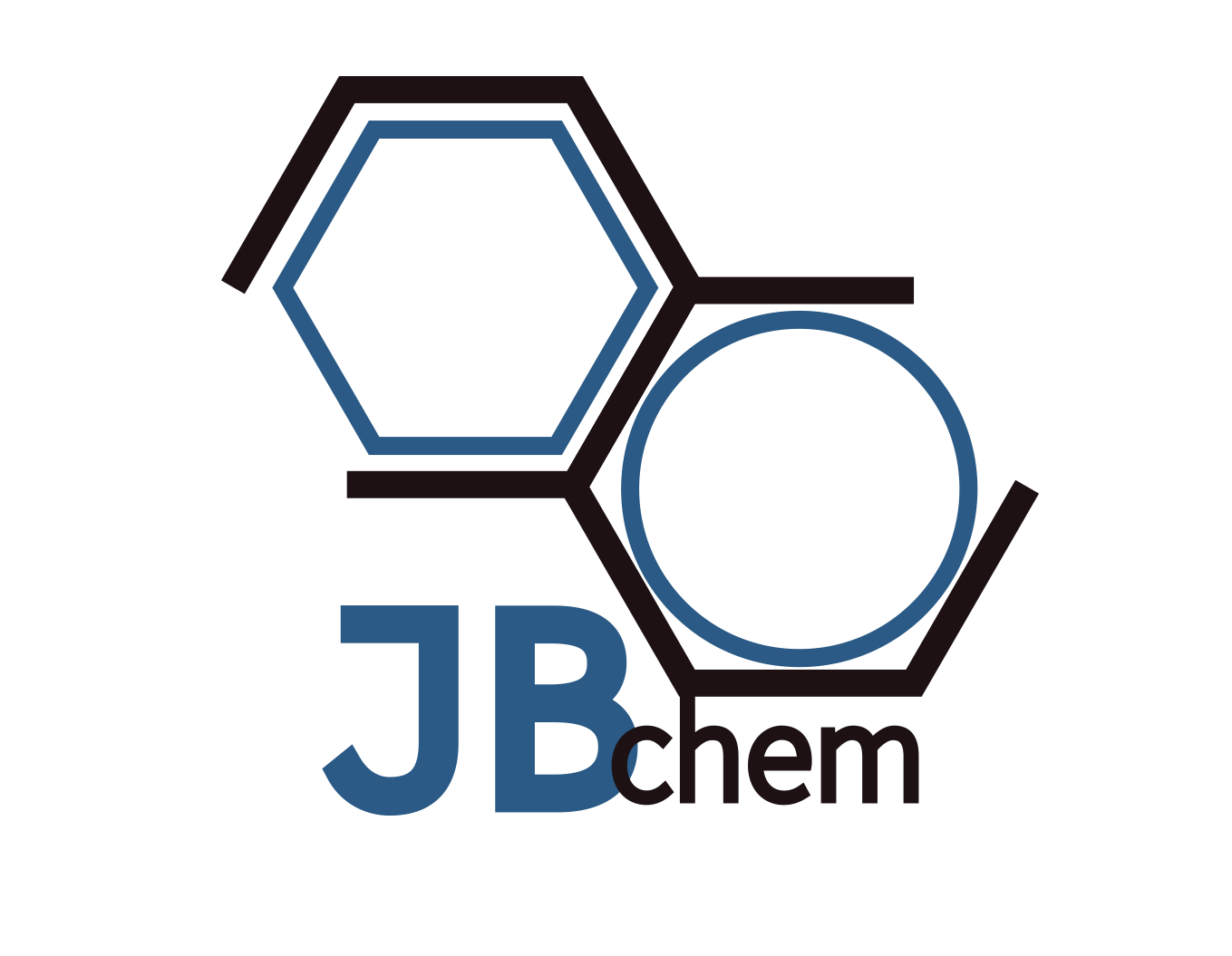Product Properties
Zinc Oxide (ZnO) nanopowder/nanoparticles (nm & um)
Size | Type | Particle size(nm) | Purity(%) | Specific surface area(m2/g) | Bulk density(g/cm3) | Polymorphs | Color |
nm | JB-ZnO-001 | 40 | >99.9 | 61 | 0.58 | subspherical | white |
sub um | JB-ZnO-002 | 300 | >99.9 | 17 | 1.30 | subspherical | white yellow |
Custom | Acccording to customers requirment. (30-800nm etc) | ||||||
Zinc Oxide (ZnO) Nanopowder Main Feature
The nanoscale size of ZnO particles provides a high surface area, enhancing its reactivity and interaction with other substances. This makes ZnO nanopowder highly effective as a catalyst and in adsorption processes. ZnO nanopowder exhibits strong ultraviolet (UV) absorption and can also be transparent to visible light, making it useful in sunscreens, UV-protective coatings, and as a material in optoelectronics. It also exhibits photoluminescence, which is utilized in photonic devices.One of the most valued properties of ZnO nanopowder is its antimicrobial activity against a wide range of pathogens, including bacteria, fungi, and viruses. This property is leveraged in the production of antimicrobial coatings, medical devices, and textiles.ZnO is a semiconductor with a wide bandgap, and its nanopowder form enhances these properties. It is used in electronic and photonic devices, including sensors, transistors, and light-emitting diodes (LEDs).
Zinc Oxide (ZnO) Nanopowder Applications
Sunscreens and Cosmetics: ZnO nanopowder is widely used in sunscreens and cosmetics for its ability to block ultraviolet (UV) radiation effectively. Unlike its bulk counterpart, nanoparticulate ZnO can provide transparent protection against UVA and UVB rays, making sunscreen products more aesthetically pleasing as they do not leave a white residue on the skin.
Antimicrobial Coatings and Products: Exploiting its antimicrobial properties, ZnO nanopowder is incorporated into coatings, textiles, and surface disinfectants. These products are used in healthcare settings, food packaging, and consumer goods to prevent the growth and spread of bacteria, fungi, and viruses.
Environmental Remediation: The photocatalytic activity of ZnO nanopowder is utilized in environmental applications to degrade organic pollutants and dyes in water and air. This makes it a valuable component in the treatment of wastewater and in air purification systems.
Electronics and Optoelectronics: Due to its semiconductor properties, ZnO nanopowder is used in the manufacture of electronic and optoelectronic devices, including sensors, transistors, and light-emitting diodes (LEDs). Its wide bandgap and high electron mobility make it suitable for applications in ultraviolet light emitters and photodetectors.
Photocatalysis: ZnO nanopowder serves as a photocatalyst in the acceleration of chemical reactions under light exposure. This property is harnessed in self-cleaning surfaces, anti-fouling paints, and in the photocatalytic decomposition of organic compounds in polluted water.

